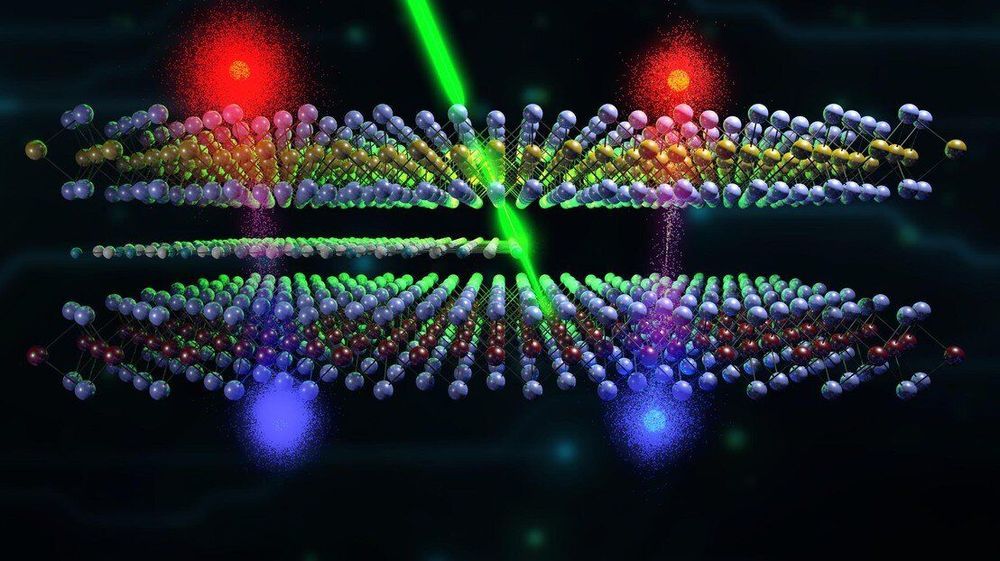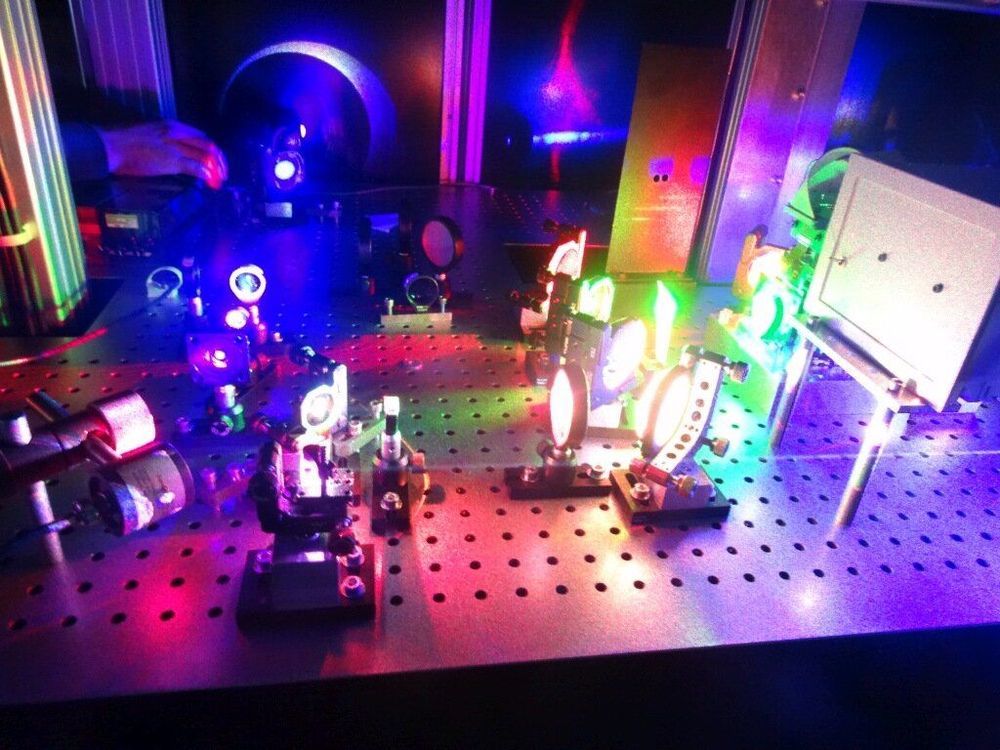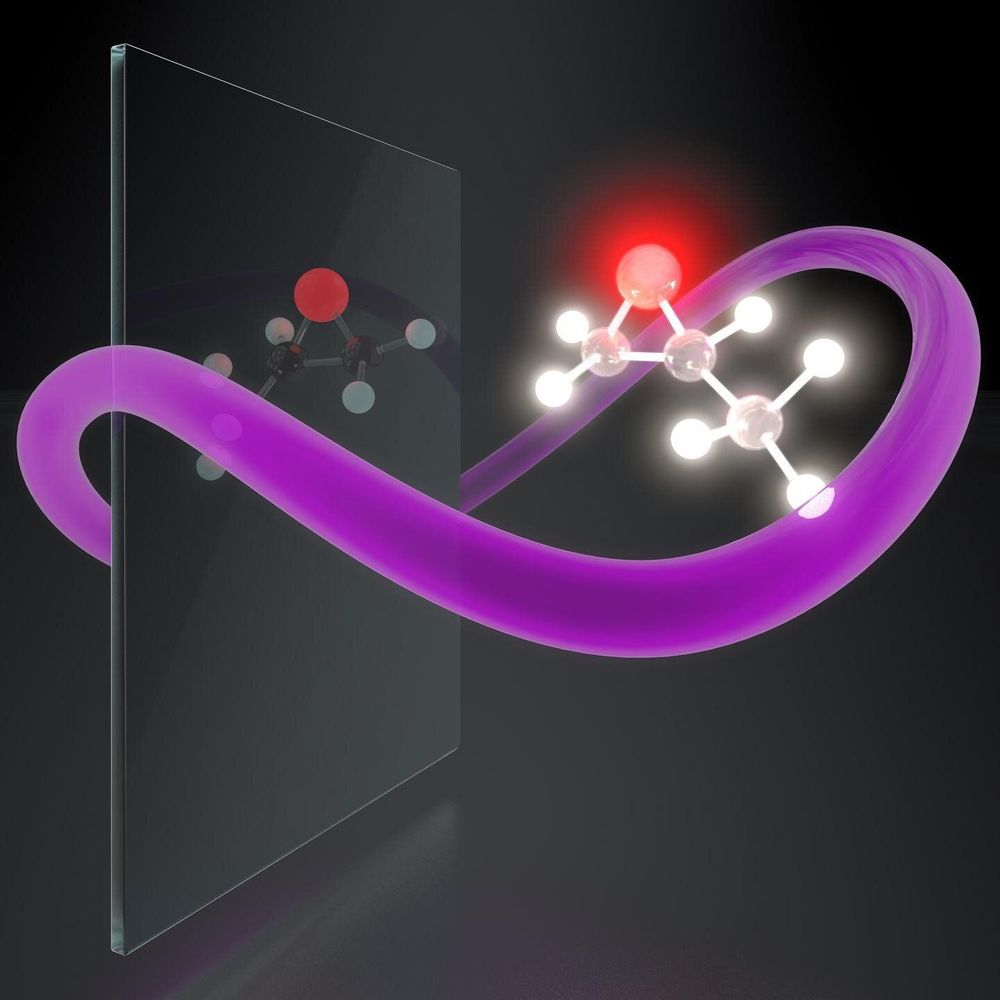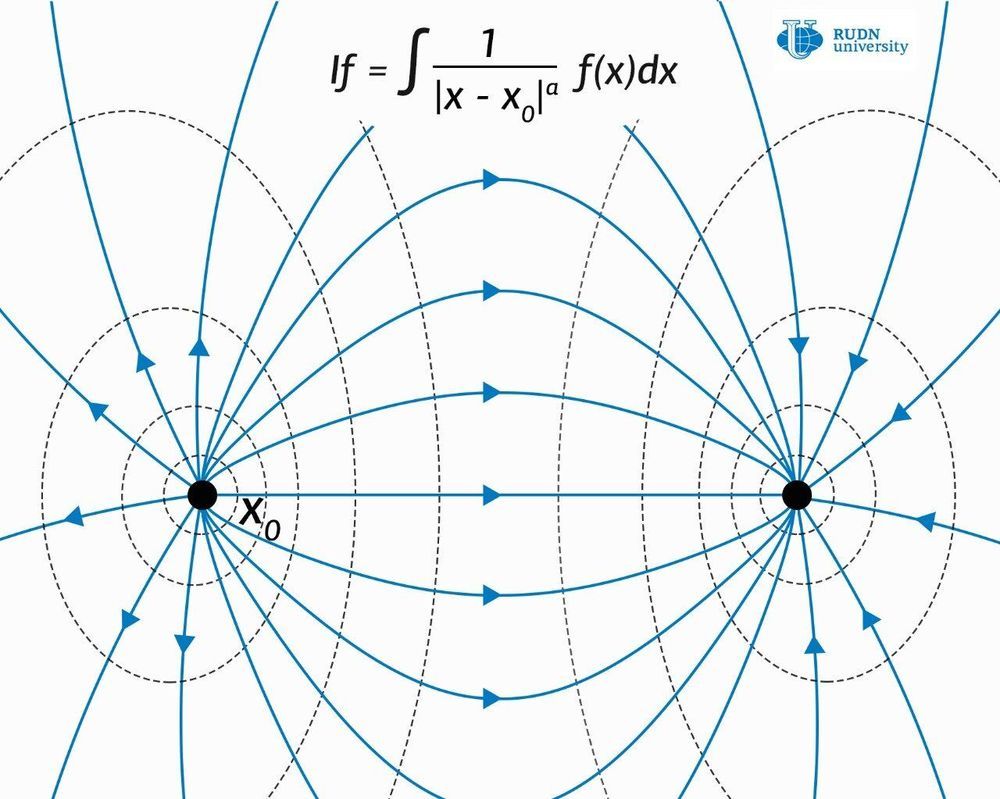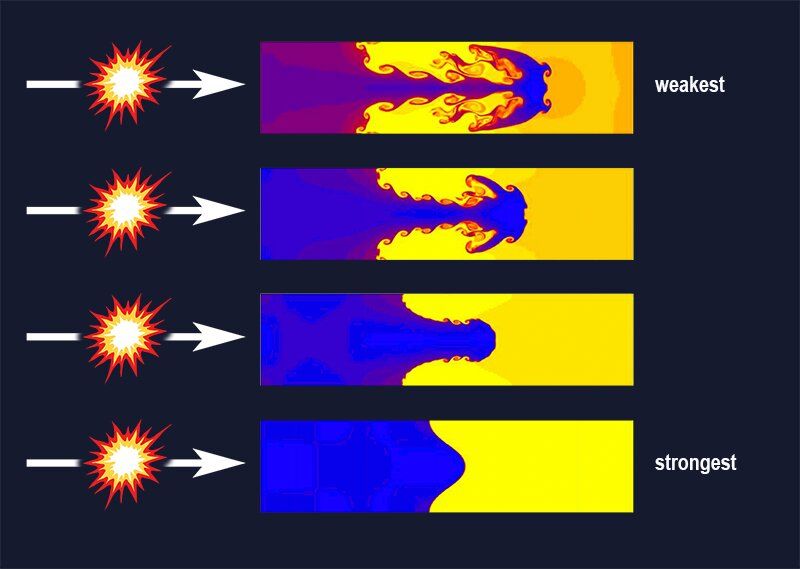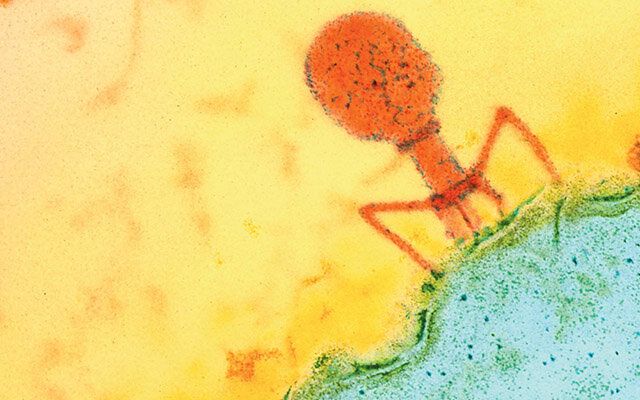Polymorphism is a remarkable concept in chemistry, materials science, computer science, and biology. Whether it is the ability of a material to exist in two or more crystal structures, a single interface connecting to two different entities, or alternative phenotypes of an organism, polymorphism determines function and properties. In materials science, polymorphism can be found in an impressively wide range of materials, including crystalline materials, minerals, metals, alloys, and polymers. Here we report on polymorphism in a liquid crystal. A bent-core liquid crystal with a single chiral side chain forms two structurally and morphologically significantly different liquid crystal phases solely depending on the cooling rate from the isotropic liquid state. On slow cooling, the thermodynamically more stable oblique columnar phase forms, and on rapid cooling, a not heretofore reported helical microfilament phase. Since structure determines function and properties, the structural color for these phases also differs.

